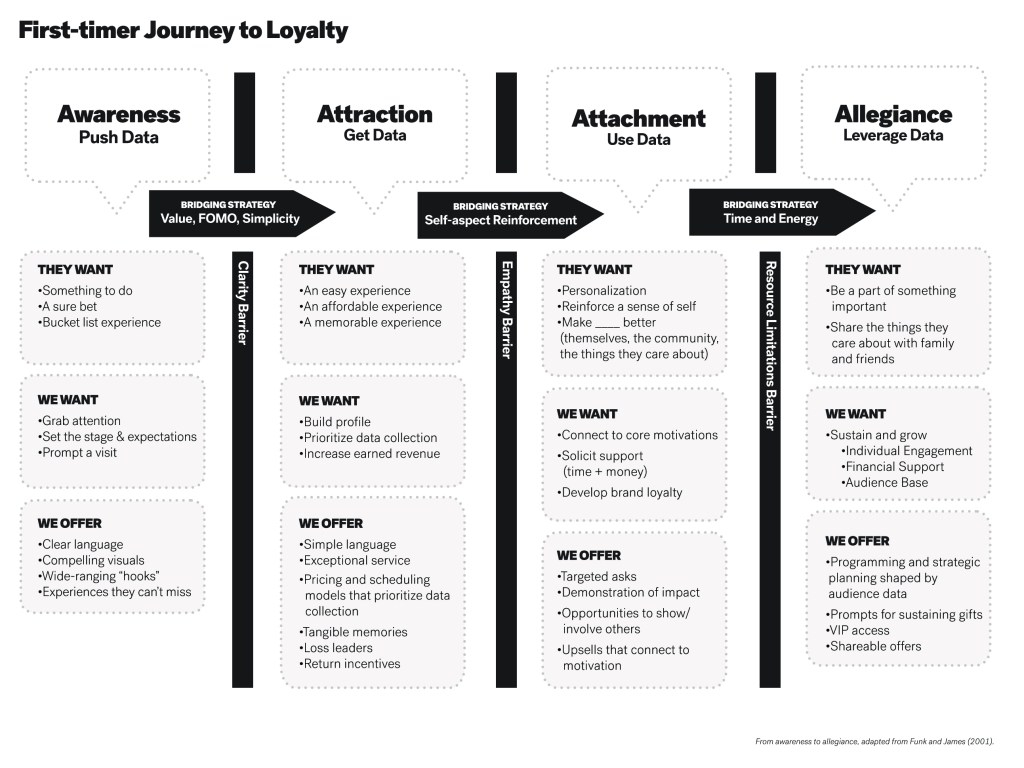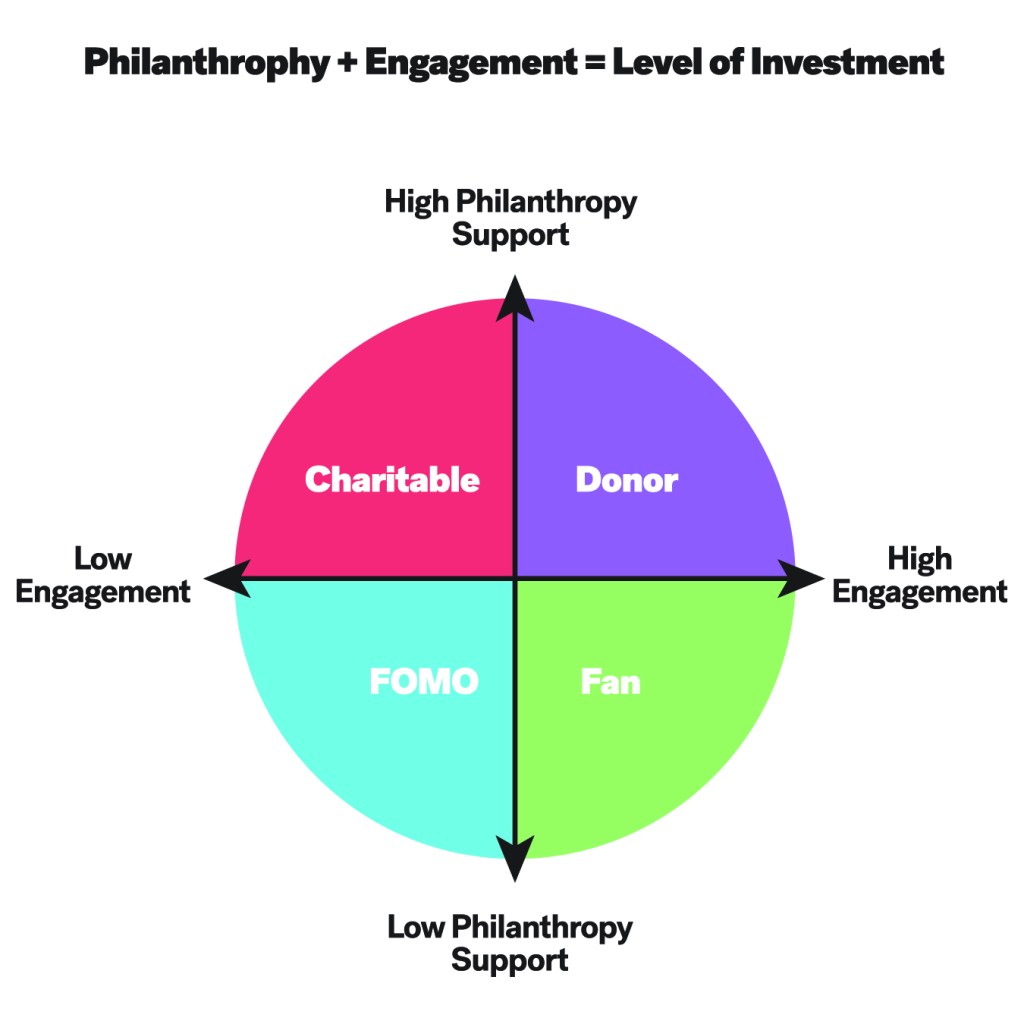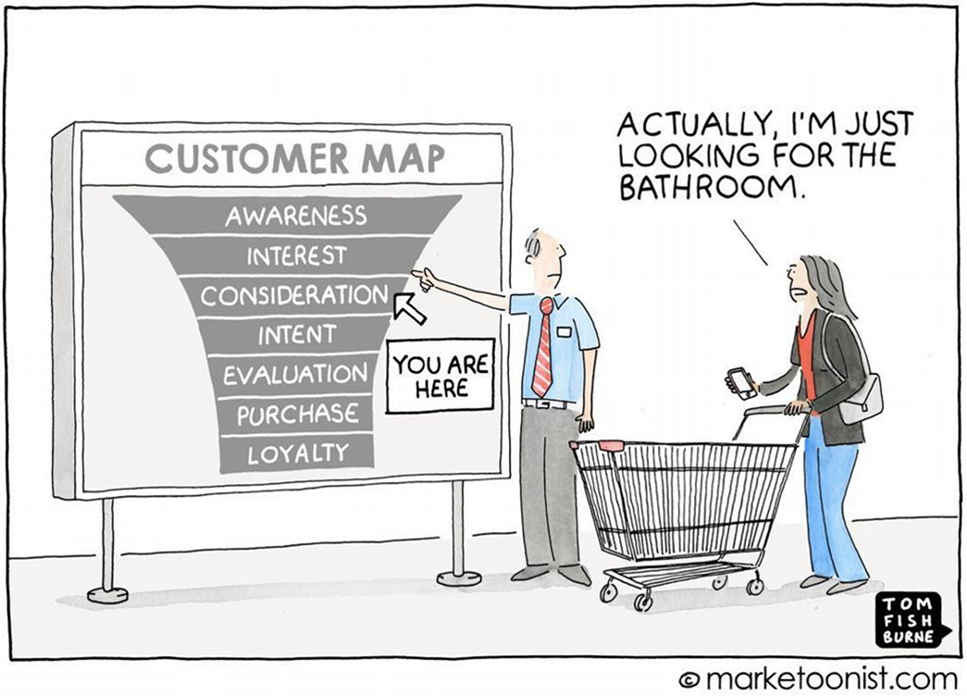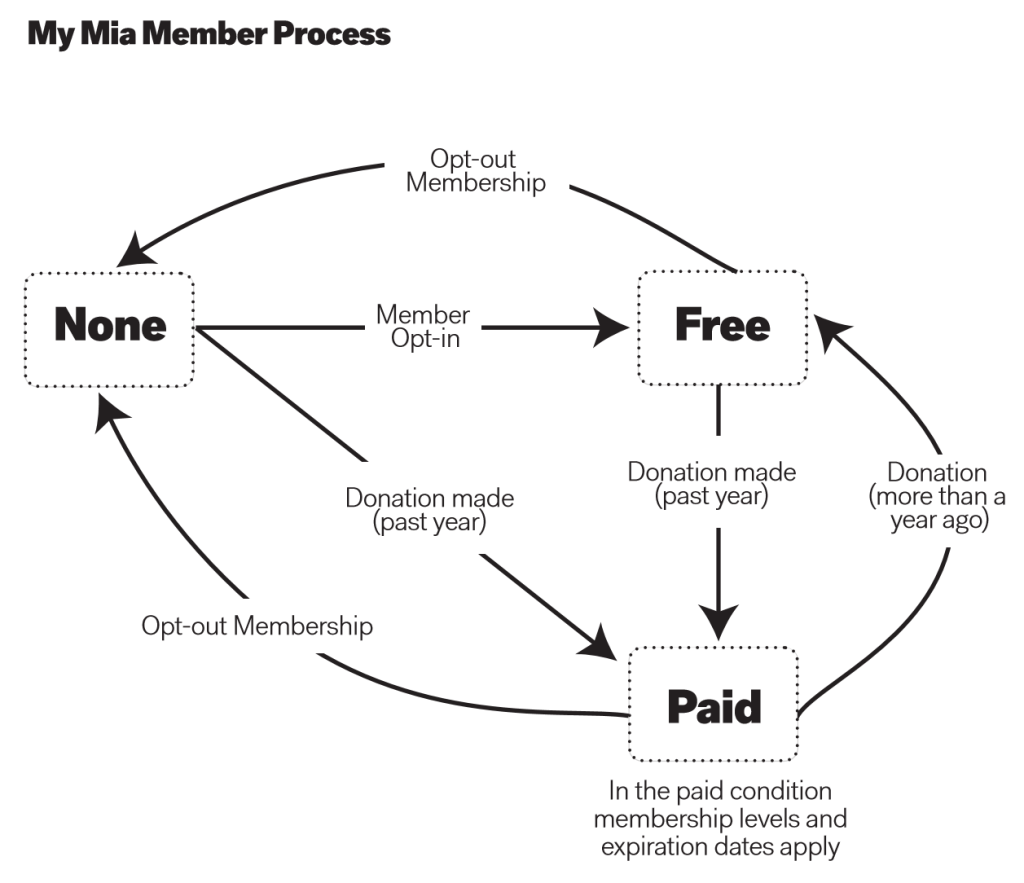
Eric Bruce is the Head of Visitor Experience at the Minneapolis Institute of Art (Mia). This is the third article in a series we are presenting on how Mia has expanded its audience.

In this series of posts about the Minneapolis Institute of Art (Mia) and our new strategy for long-term sustainability, we’ve previously shared our perspectives on audience segmentation and how to build relationships through personalization. For this final installment, we originally planned to share examples of results, but upon further reflection, we think it might be more appropriate to go a step further and talk about what we hope to do with the results we’ve seen so far. We’ve found that we’re still on this journey with our audiences.
As an organization, we are getting better at validated learning; that is, using any opportunity to conduct thoughtful “experiments” so that we can understand what works and what doesn’t prior to making major investments. For example, we used our recent “Guillermo del Toro: At Home with Monsters” exhibition as a test for our new member conversion hypothesis (Images below.) “At Home with Monsters” was a bit of a departure from what some might consider a traditional exhibition; it focused on the creative process of filmmaker Guillermo del Toro and the inspiration he finds in his collection of paintings, drawings, maquettes, artifacts, and concept art. We felt this would be a good opportunity to reach our “FOMO”, or “cherry picker” segment – a group of visitors characterized by low or no prior engagement and low or no philanthropic support.
 To drive member conversion, we developed a variety of members-only opportunities, such as advance ticket buyer campaigns, access to special events, targeted ticket discounts, and a raffle for catalogs signed by del Toro himself. We were delighted to welcome 8,000 new members in 12 weeks, or roughly an 11% conversion rate of visitors to the exhibition.
To drive member conversion, we developed a variety of members-only opportunities, such as advance ticket buyer campaigns, access to special events, targeted ticket discounts, and a raffle for catalogs signed by del Toro himself. We were delighted to welcome 8,000 new members in 12 weeks, or roughly an 11% conversion rate of visitors to the exhibition.
While new member conversion exceeded our expectations, we’re now faced with a bigger question: What happens next? How can we maintain momentum and keep these new members engaged with Mia? How do we begin to break the cycle of membership peaks and valleys that have been common in our sector, where “blockbuster” exhibition sign-ups and ensuing high attrition plagues cultural organizations?
We’re making a few big changes right now that will help us explore this issue:
- Mia built an improved ticketing system, called Hive, which launched August 2017. The name is a nod to the beehives we have on the roof at Mia, and Hive is also a reference to a new sophisticated integration with our Salesforce CRM and the cross-functional teams working together to understand and attend to the needs and behaviors of our audience.
- We developed a near-horizon (12-month) strategy for communicating with our members, which is chock-full of qualitative focus groups, A/B testing, and actual statistics (such as regression analysis to sort out which variables are making a difference). Ultimately, we want to invite our members to participate with us time and again, but first, we need to find out the most-effective ways to do that – in part by demonstrating that we know just enough about folks to be able to deliver personalized experiences of delight.
- We’re launching our My Mia perks program this winter – a points and rewards system that gamifies visitation and philanthropy – you might call it a loyalty program, although we have some thoughts on that which we’ll explore below. This program is focused on deepening our relationship with each member by incentivizing many different kinds of participation, both onsite and remotely. This will allow us to learn more about folks and will include ways to show the impact their participation has made here at the museum.
- We’re getting rid of membership expiration dates. Kind of.
Membership + Value
What is “membership”, and what is our definition of “loyalty”? Why do organizations create these programs, and what motivates people to join them? We might join as a status symbol, to save money, or to support a cause. We join for access. We join to say something about ourselves. Maybe we just join because we like hoarding cardstock with our name on it. I’ve signed up for a few loyalty programs myself: Airlines. Coffee punch cards. A fitness club. I’ll let you in on a secret: I’m not actually loyal to most of them. Mostly, I’ve joined in order to save money. But what is it that would actually make me “loyal?” Perhaps more importantly, are these places thinking of themselves as “loyal” to me?
Let’s not forget: traditionally, “Membership” also serves to keep people out of something. In fact, it’s sort of been designed for that. Membership excludes by definition. So, as Kristin mentioned in our first post, Mia decided to develop a free membership level. You can visit the museum, sign up for free, see our ticketed exhibits for free, and get discounts in the store or coffee shop – all without donating a dime. We still have some paid membership levels, but we’ve taken big steps to lower barriers to participation. It’s not all selfless, though. We think it’s a great business strategy. Mia has free general admission, nobody has to “check-in” at the front desk. Even for our paid exhibits, you could just pay cash and walk right in. We’d have no idea who you are, why you came, what you did or what you’d like more of. If we can get you to raise your hand, to tell us you’re interested – then we can understand what you’re looking for and how we can help.
On top of all of this, we’ve now determined that you can stay a member as long as you want. You get to choose when and if your membership ends.
Strategically, one of the most important things we can do as a Museum is keep our members as members, even if they’re not contributing financially. Let’s think of it like this: a money mountain versus a shared trail system.
The Money Mountain
Imagine a tall, steep mountain with a few spectacular ridges. The view from these ridges is breathtaking, and as you get higher up, your view of the surrounding area gets ever more stunning. Now imagine that there are people who own the mountain and operate it as an attraction. They charge progressively more money for the benefit of seeing the view from higher levels. The top tier might even have golden benches, free hot cocoa, and custom tote bags. Then, someone visits you once a year or once a month and asks you for the same amount of money you already paid to get up there. And no matter which level you’re on, if you refuse or you are unable to renew, they kick you off completely.
The Shared Trail
Ok, now imagine instead a beautiful wilderness. We’re all on the ground level together peering into it. It feels like it belongs to everyone. We have a mutual interest in exploring it. We have a mutual interest in protecting it and sharing it with others. Maybe you have plenty of spending cash and you can donate funds to support the effort, or maybe you don’t have money, but you do have time and muscle – and with those things, you can make a real difference. Through effort, through partnership, we build the trails together. When we apply this situation at Mia, we see that the museum can’t do much of anything, can’t help you, and can’t ask for help, if you’re not “on the trail” in the first place. So once we’ve invited you along and you’ve been participating, why would we ever kick you off?
My Mia + Values
Skip over related stories to continue reading articleWhen I was 11 years old, my family joined a food co-op for the first time. We’d go there for all our groceries. Time progressed – as it always does – and eventually I went away to college in a different state and didn’t go back to the co-op in Minneapolis for a long time. But I was still always a member, and I knew that because they never kicked me off the mountain. Once my family had made an investment, raised our hands, we were members for life. I was part of the cooperative. A co-owner. Now I’m a bit older with a family of my own, I’m back in Minneapolis, and we’re using that very same co-op. They’ve always thought of me as a member, I’ve always thought of myself as a member, and I’ve carried those co-op values along with me in the interim. I even shopped at other co-ops while I lived elsewhere, instead of visiting a giant corporate chain grocery store. In other words, sometimes I’d go years without using that membership, but just knowing I am a member makes me think differently about my actions everywhere. It reminds me of what I care about and what I’ve invested in. What would have happened if the co-op insisted on an ongoing fee beginning twenty years ago?
Subscription and annual membership models have been in decline all over the nonprofit arts field for several years – from orchestras to theaters to museums. It feels like a system focused on an old way of thinking: plan in advance every year, give us the biggest chunk of money you can for “benefits”, and repeat. With our new model, there will still be higher financial tiers that earn special benefits, but instead of annual expiration dates and pointed renewal notices, we’ll be celebrating anniversaries. Participation builds value, too. We see the future as a place where people will put time and energy where their values are, and they’ll expect us to be transparent in doing the same.
Visitors can join for free, or make a donation. After a year without a contribution, rather than “expiring”, they regress to the free level of benefits. Both groups can “opt-out” of their benefits at any time.
While we won’t define or describe the museum as an actual co-op, the cooperative model makes a lot of sense for us. While a co-op exists to serve its members, what differentiates it from other business models is that fact that its members are also the owners. They get the products and services they need, while also participating in business decisions. The result is a deeper, more personal relationship, in which members work together to accomplish a task they can’t achieve alone. And there’s a profound sense of value in that.
So, for us, membership isn’t the top of the mountain anymore. Membership is only the beginning of our work, together, to shape the future with shared values. It’s My Mia, with an emphasis on the “My” – a sense of personal belonging that leads to increased participation. It brings us back to the immutable truth driving this work forward: that art is essential, and it is our collective mission to make it accessible for everyone.
About the Author
As head of the department, Eric Bruce leads Mia’s Visitor Experience initiatives and the museum’s cross-functional “My Mia” project. He also works alongside Human Resources to co-lead the museum’s new employee orientation, working to embed a passionate, visitor-centered approach into the collective internal culture. Follow Eric on Twitter @mrericbruce.











Comments